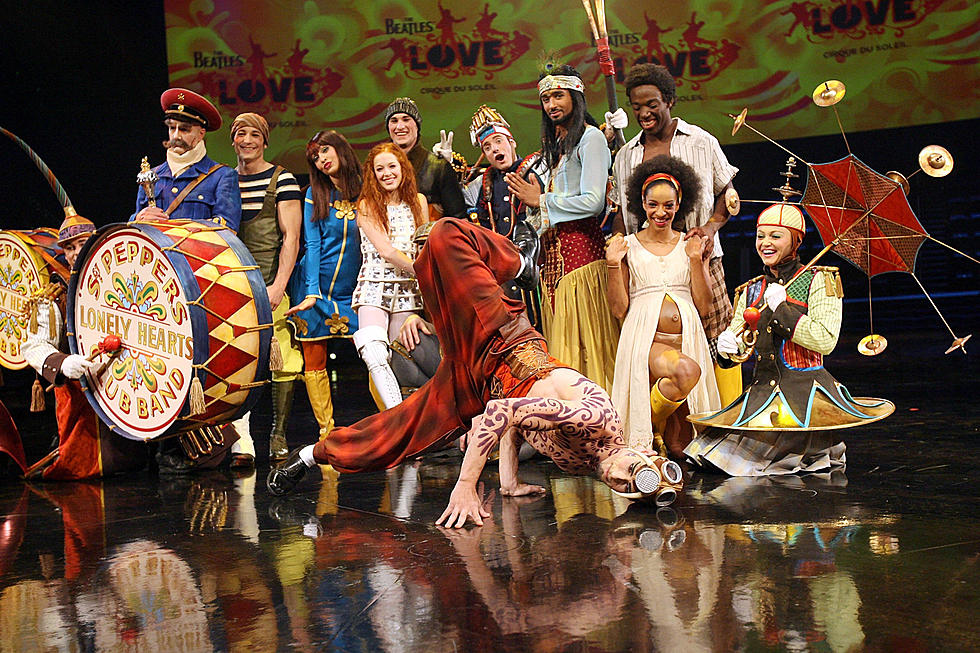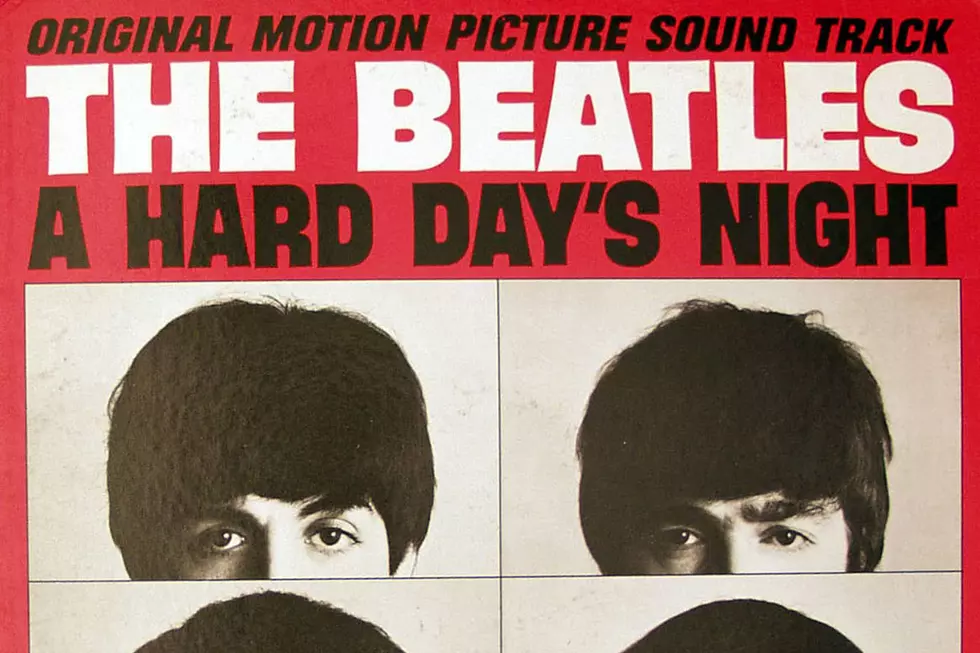
The Day Former Beatle Stuart Sutcliffe Died
When the Beatles arrived in Hamburg, Germany, in April 1962 for their third stint playing in the city’s music clubs, the band members were met with bad news from Astrid Kirchherr.
The German photographer and friend of the Beatles revealed that her fiancé (and former Beatles bass player) Stuart Sutcliffe had died. No one was more shocked than John Lennon, who reportedly broke out in a fit of hysterical laughter at the idea of losing his art school buddy.
In need of a bassist, Lennon, Paul McCartney and George Harrison had brought Sutcliffe aboard during their Liverpool days. A teenage artist, Sutcliffe sold one of his paintings to buy a bass guitar, and the three musicians helped him learn some basic musical structures.
“He wasn’t really a very good musician. In fact, he wasn't a musician at all until we talked him into buying a bass,” Harrison later recalled. “He picked up a few things and he practiced a bit. … It was a bit ropey, but it didn’t matter at that time because he looked so cool.”
Over the years, Sutcliffe’s bass playing has been maligned, although many claim he became a much better musician in the artistic cauldron that was the Beatles’ exhausting residencies in Hamburg. Regardless of his musical proficiency, the so-called “fifth Beatle” was important to the band’s formative years. It was Sutcliffe and Lennon who came upon the idea of calling the band “the Beetles” (in tribute to Buddy Holly and the Crickets). He also helped alter the band’s style – and fashion history.
When the Beatles first came to Hamburg in 1960, Sutcliffe fell in love with the hip and artsy Kirchherr, and they were engaged only two months after meeting each other. It was Kirchherr who gave her lover the infamous “mop top” haircut that would become famous on the heads of John, Paul, George and Ringo.
“All my friends in art school used to run around with this sort of ... what you call Beatles haircut,” Kirchherr said. “And Stuart liked it very, very much. He was the first one who really got the nerve to get the Brylcreem out of his hair, and asking me to cut his hair for him.”
When the Beatles’ second run in Hamburg ended in July 1961, Sutcliffe notified his bandmates (which also included drummer Pete Best) that he would be leaving the group to stay with Kirchherr in Hamburg and focus on the visual arts. McCartney took over on bass while Sutcliffe enrolled in the Hamburg College of Art and won a scholarship. Things seemed to be working out all right for everyone.
But all was not well for Sutcliffe in Hamburg. He began to develop excruciating headaches and a sensitivity to light while living with Kirchherr and her mother. In the winter of 1962, he suffered such an extreme episode that he collapsed during an art class. Kirchherr took him to local doctors to seek treatment, but the physicians could find nothing wrong. Allegedly, they encouraged Sutcliffe to return to England to undergo more tests – advice he ignored.
Sutcliffe stopped attending classes, as his condition continued to worsen in the months after his collapse – something his sister Pauline is reflected in his sketchbooks from that time. While older journals were filled with drawings and ideas, this one is loaded with words such as “torment,” “explode” and “the bloody brain,” along with some scrawled images. He experienced bouts of temporary blindness and began spending most of his time in bed.
Then, on April 10, 1962, Kirchherr was at the photo studio when she received a call from her mother, telling her that Sutcliffe had collapsed once more. She arrived home in time to join him in the ambulance. He died in his lover's arms on the way to the hospital. Sutcliffe was 21 years old.
The coroner’s report indicated that the young artist died from a cerebral hemorrhage – bleeding in his brain’s right ventricle. There are conflicting ideas about what caused the hemorrhage, although most have agreed that it was likely the result of a burst aneurysm. In the decades since Sutcliffe’s death, there has been even more conflict over what might have caused the aneurysm.
One of the theories is that the injury could have been sustained during a fall down the stairs at the Kirchherr home not long before his death. However, Sutcliffe had already been experiencing those other health issues. Another idea is that it stemmed from a fight in early 1961, in which Sutcliffe’s head was kicked or bashed into a brick wall. Although Lennon and Best came to his aid, Sutcliffe reportedly suffered significant trauma, but never went for a scheduled X-ray.
Pauline Sutcliffe has a different notion – one that doesn’t involve Lennon as a defender, but an attacker. She has claimed that, in a fit of rage, Lennon kicked Stu in the head during his visit to Liverpool, causing the aneurysm.
“I believe that the cerebral hemorrhage that cost Stuart his life was caused by an injury inflicted by John in a jealous rage,” she wrote in a biography about her brother. “A postmortem revealed Stuart had a dent in his skull, as though from a blow or kick. And a few months earlier, John had viciously kicked my brother in the head in a sustained, unprovoked attack.”
Experts have disputed that claim (as well as the 1961 fight theory), citing medical statistics that suggest the bleeding would have become more prevalent immediately after such incidents. Many fans simply can’t believe that Lennon could have caused his friend’s death.
“I looked up to Stu,” Lennon said, years later. “I depended on him to tell me the truth. Stu would tell me if something was good and I’d believe him.”
Beatles Albums Ranked
More From Ultimate Classic Rock









